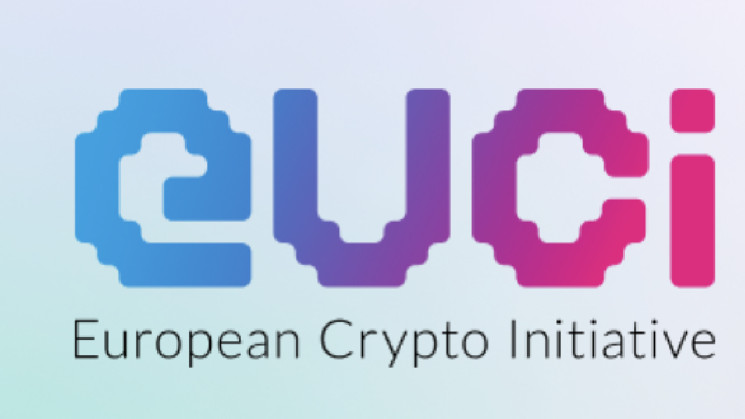The MiCA (Markets in Crypto Assets) regulation has recently been approved, marking a significant milestone in the European Union’s journey to establish a comprehensive regulatory framework for crypto assets. However, while the approval certainly warrants celebration within the crypto community, it is crucial to recognize that this is just the beginning of a long and challenging process.
As the MiCA regulation gains momentum, it is important to focus on various critical aspects that require attention, effort, and resources. This article highlights some pressing concerns and offers insights on how the crypto ecosystem can best prepare itself for the challenges that lie ahead.
1. Adoption of MiCA across the EU
The successful approval of MiCA marks the beginning of its adoption across the EU member states. Each nation needs to integrate the new regulatory framework into their national legislation, which can undoubtedly be a complex and time-consuming process.
The harmonized set of rules will ensure a level playing field within the European Single Market for Digital Finance. As a result, all member states need to wholeheartedly embrace the regulation and work in collaboration to maximize its benefits.
2. Overcoming the challenges of a rigorous regulatory environment
With the introduction of MiCA, businesses dealing with crypto assets are expected to operate within a more stringent regulatory regime. This means complying with a wide range of requirements, including consumer protection measures, anti-money laundering policies, and tax reporting for cryptocurrency transactions.
In order to successfully navigate this new landscape, businesses must establish strong internal compliance teams and implement robust compliance programs. Additionally, seeking expert legal advice can help ensure that businesses are well-positioned to deal with regulatory challenges.
3. Education and advocacy
The introduction of MiCA regulation indicates that the EU has taken an ambitious leap forward in the crypto space. However, it is imperative that the different stakeholders – including policymakers, business leaders, academics, and consumers – continuously engage in meaningful and informed discussions about the blockchain and crypto asset market.
The crypto community must work together to raise awareness about the vast potential of blockchain technology, as well as the benefits and risks associated with crypto assets. Educating key stakeholders about the ins and outs of the developing crypto ecosystem will help foster greater understanding and promote more thoughtful decision-making around regulation and compliance.
4. Developing and enhancing crypto infrastructure
As crypto assets continue to gain acceptance and traction, there is a need for developing and enhancing the necessary infrastructure to support this growth. The adoption of MiCA regulation is likely to encourage more traditional institutions and investors to enter the space, necessitating a reliable and secure infrastructure to support the burgeoning market demand.
Efforts must be geared towards improving key elements like wallet services, custodial solutions, and digital asset trading platforms, ensuring that they remain transparent, secure and user-friendly.
5. Collaboration with global regulatory authorities
To maximize the benefits of the MiCA regulation, there must be ongoing international collaboration between regulatory authorities. Crypto assets, with their borderless nature, operate in a global digital marketplace, and regulatory convergence across different jurisdictions is essential for the creation of a stable and thriving crypto ecosystem. This would mean increased dialogue and cooperation between regulators, in order to identify common challenges and share best practices.
6. Staying agile in response to new developments
The blockchain and crypto asset industry is known for its rapid evolution and advancements. As this technology continues to develop at breakneck speed, both businesses and regulators must remain agile and adaptive.
For businesses, this means keeping an eye on the horizon for new opportunities and challenges, and continuously updating their operating models, strategies, and skillsets accordingly. For regulators, this means staying informed about emerging trends and innovations, to ensure that regulatory frameworks remain relevant and effective in addressing the industry’s ever-changing landscape.
7. Engaging with emerging technologies
Crypto assets and blockchain technology, though pioneering in their own right, are just the tip of the iceberg when it comes to emerging technologies. To remain progressive, industry stakeholders must keep an open mind and actively engage with other rapidly advancing technologies like artificial intelligence, machine learning, and the Internet of Things, which have the potential to transform the crypto ecosystem in unprecedented ways.
In conclusion, the approval of the MiCA regulation is a remarkable achievement for the European Union and, by extension, the global crypto community. Still, the path ahead will not be without its challenges. By addressing the concerns outlined above and ensuring the implementation of robust and efficient processes, the crypto ecosystem can position itself for continued growth and success in a fast-evolving market. As the saying goes, with great power comes great responsibility – the crypto community must now work together to leverage MiCA effectively and responsibly, ensuring a more secure and sustainable future for the industry.


